Alternative histories
Aside from being a librarian, I am also a professor of history at a community college in NY. As many of my students have discovered, historical studies are full of alternative facts and narratives, most of which are produced via secondary sources. I use instances of historical discrepancies as a learning opportunity for students to interpret the past and become better suited to vet the present. This is done through the study of primary sources. Through lectures, discourse and relatable examples, students begin to see the connection between primary sources and history, while also grasping the connection between present-day reporting and the primary sources of today. When such connection is made, students eagerly seek to vet information to discover the "root" of its creation. If a study is mentioned, that study is sought. If a quote is presented, its context is gathered. Historical study has benefited my students a great deal in understanding the past, as well as the present. Perhaps its just another reason the elevate the study of the social sciences...but I digress.



Hi Fabio,
Your approach in using historical research through primary sources as it relates to teaching a critical examination of historical memory is compelling, and I think it is a great way to increase information literacy related to current events. I am currently a student earning an MA History and MLIS concurrently, after a career as a teacher in a variety of capacities, and I have used lessons from the past as a way to engage students on this topic, albeit from a different angle. My focus as a historian is in modern Europe, and I was recently a guest lecturer in an information literacy course in which I taught about Nazi propaganda techniques, examining the strategies the Nazis used in order to spread dangerous disinformation. The students were very engaged in this lesson, both in relation to the potential harm of disinformation, and in making connections to our current information landscape. I think that utilizing primary sources as a way to assess accuracy and to engage students in critical thinking could be effectively used in such a context to juxtapose the terrible reality of that time and place against the abhorrent and dangerous narrative the Nazis were putting out there for German consumption. This could be a jumping point for some really engaging discussion and activity in class.
Hi Marybeth,
Thank you for the reply. Your examination of Nazi propaganda as a means to spread misinformation is very astute and relatable. I would love to hear some of the learning outcomes or student experiences.
Fabio,
I appreciated your approach to history through primary sources, critical thinking. As you say, the writing of history is characterized by "alternative facts and narratives" that must be discerned from a careful and comparative reading and the vetting of sources. Your post reminds me that the Italian word for history is "la storia," which brings home the view of history as a narrative -- often written by those who hold power. Your students are fortunate to discover these methods of historical analysis and detective work in which I'm sure are lively classes!
Elizabeth,
I smiled at your mention of "la storia", which has often been a focal point in my discussions on this topic. There has recently been a strong shift in the historiography of various topics/regions. This shift looks to provide agency to a more diverse and broad spectrum of societies. The outcome has been extraordinary.
I agree wholeheartedly. Showing students how to find primary sources is key.